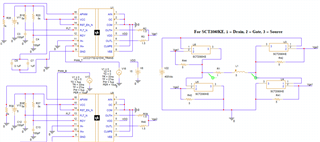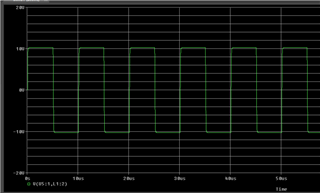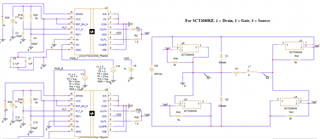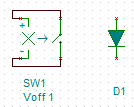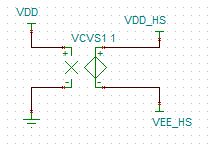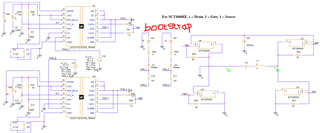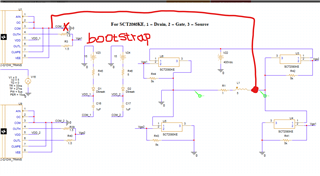Tool/software:
Hello Experts,
I have the following full bridge circuit with UCC21732 gate driver and SCT2080KE SiC Mosfet. I gave 400Vdc, but I did not get its equivalent at the output side (I got 10V only). I did not understand where the problem is. Could you please help me to fix this Full Bridge Inverter circuit?
Kindly provide insights on the above points
Best
Biruk
